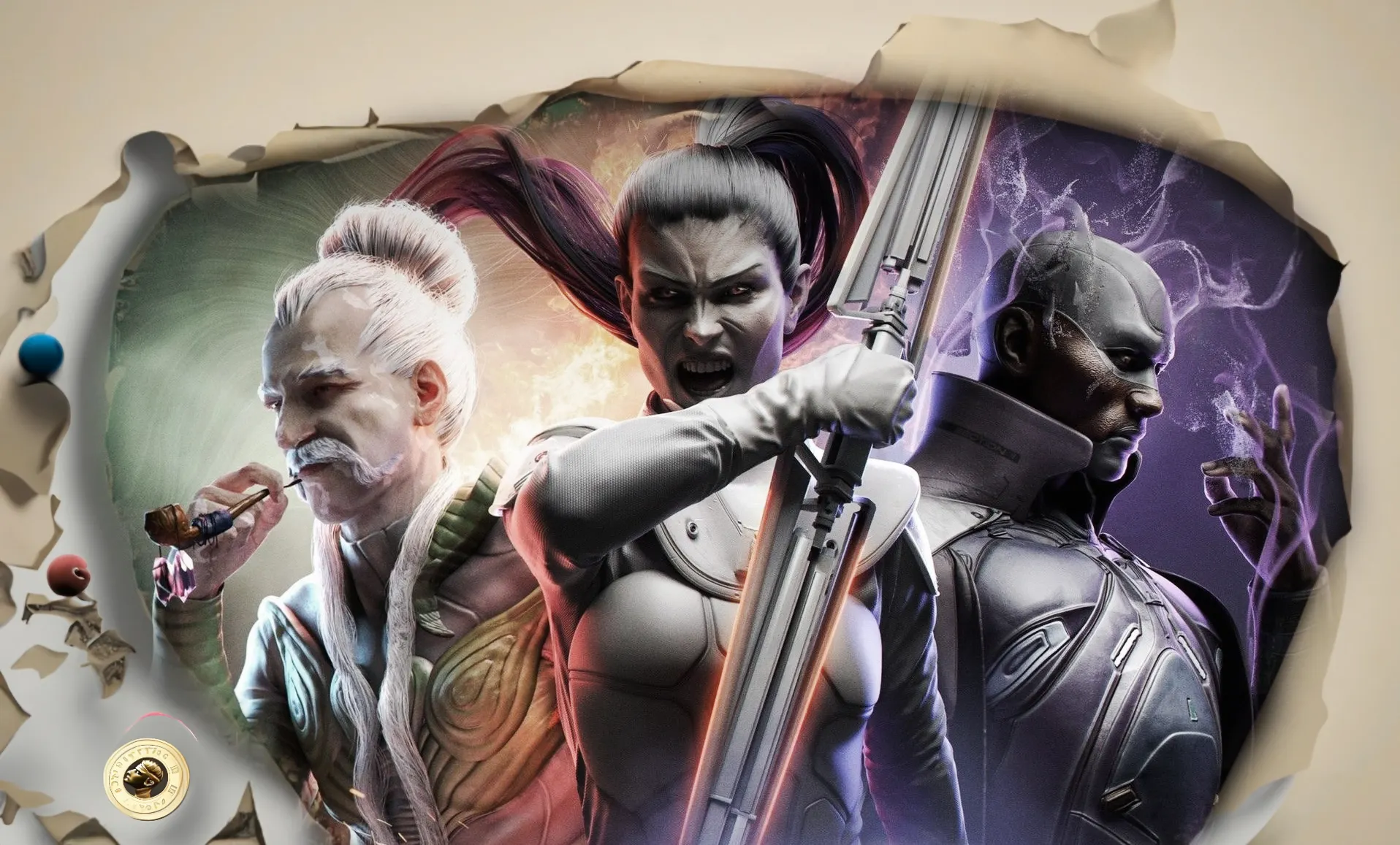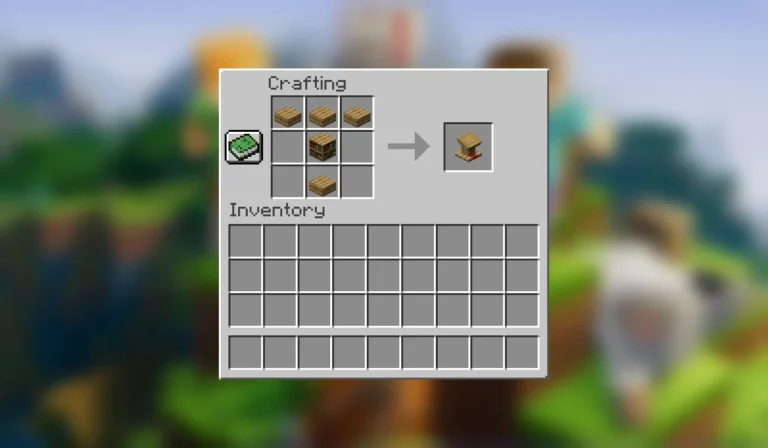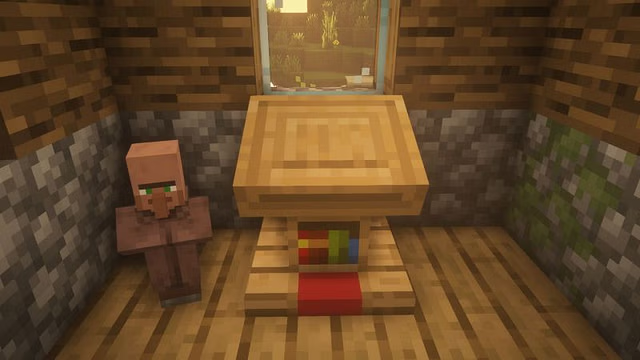Parallel: A Look At The Popular Ethereum Game
The world of blockchain gaming is constantly evolving, with new titles emerging regularly that take advantage of decentralized technology and provide players with unique experiences. One of the standout games in this space is Parallel, a card-based strategy game built on the Ethereum blockchain that has captured the attention of gamers and NFT enthusiasts alike. With its blend of strategic gameplay, collectible cards, and blockchain-based assets, Parallel has carved out a niche for itself in the rapidly growing world of Web3 gaming.
What is Parallel?
Parallel is a play-to-earn, collectible card game (CCG) that leverages the Ethereum blockchain to bring together strategy, game theory, and NFTs. Set in a rich, futuristic universe, Parallel features a collection of cards representing various factions, characters, and abilities. Players assemble their decks and compete against each other in strategic battles to climb the ranks and earn valuable rewards.
The game is built on Ethereum’s Layer 2 scaling solution, which ensures low gas fees and faster transactions, making it more accessible for players to buy, sell, and trade cards without the high transaction costs commonly associated with Ethereum-based platforms.
See also: Three Outstanding Metaverse Casinos Worth Exploring
Gameplay and Mechanics
Parallel combines elements of traditional collectible card games with the added depth of Web3 mechanics. Players can collect and trade cards, participate in strategic battles, and compete in tournaments. Here are the key components of the game:
- Factions and Cards: Players collect cards from different factions, each with its own distinct attributes, abilities, and playstyles. Cards in Parallel come in various rarities, with the rarest and most powerful cards often fetching high prices on the secondary market.
- Strategic Battles: Players assemble decks of cards and use them to engage in battles against other players. The game rewards players who can craft effective strategies, balancing offense and defense while utilizing the strengths of their cards. Each match requires careful decision-making, as players must manage resources, timing, and tactics to outsmart their opponents.
- NFT Integration: The cards in Parallel are represented as NFTs, allowing players to truly own their in-game assets. This creates a dynamic and player-driven economy, where cards can be bought, sold, or traded on marketplaces like OpenSea. Ownership of NFTs gives players real-world value for their in-game items, creating an economic ecosystem that supports the broader play-to-earn model.
- Play-to-Earn Model: Parallel offers a play-to-earn system where players can earn rewards based on their gameplay performance. Players can unlock new cards, earn in-game currency, and even sell rare items for Ethereum or other cryptocurrencies. This model encourages active participation, and top players are often rewarded with exclusive assets or tournament prizes.
The Ethereum Blockchain Advantage
One of the standout features of Parallel is its use of the Ethereum blockchain to power its card collection and in-game transactions. Ethereum’s robust security and decentralized nature ensure that all in-game assets are truly owned by the players, preventing any form of fraud or manipulation. Additionally, Parallel runs on Ethereum’s Layer 2 solutions, like Optimism, to help reduce gas fees, making it more affordable for players to participate in the game’s economy.
By using blockchain technology, Parallel ensures that the scarcity of cards is maintained through provably rare NFTs. This scarcity drives demand for certain cards, creating an active marketplace for trading, selling, and acquiring new cards.
The Parallel Universe: Lore and Storytelling
In addition to its engaging gameplay, Parallel also offers a rich, immersive lore that forms the backbone of the game’s universe. The story takes place in a futuristic world where different factions are vying for control and dominance. Each faction in the game has its own history, goals, and unique gameplay mechanics, which adds depth to the strategic decisions players must make when assembling their decks.
The game’s universe is constantly expanding, with new factions, cards, and storylines being introduced regularly. This ongoing narrative gives Parallel a dynamic world that evolves over time, keeping players engaged and invested in the long term.
Why Is Parallel So Popular?
The combination of strategy, blockchain technology, and a player-driven economy has made Parallel one of the most popular Ethereum-based games on the market. Here’s why the game is gaining traction:
- True Ownership of Assets: Players have full ownership over their cards, which are stored as NFTs on the Ethereum blockchain. This empowers players with the ability to trade or sell cards at their discretion, creating a true sense of ownership.
- Competitive Gameplay: Parallel offers a highly competitive environment where players can test their skills against others in real-time battles. The combination of strategic depth and player skill makes the game appealing to both casual and hardcore players alike.
- A Thriving Marketplace: The integration of NFTs allows players to earn real-world value through their in-game assets. Rare and powerful cards can fetch significant prices on the secondary market, providing players with an incentive to improve their collection and compete at higher levels.
- Expanding Ecosystem: As the game continues to grow, the developers of Parallel are constantly introducing new features, updates, and expansion packs. This keeps the game fresh and gives players new goals to strive for.
- Play-to-Earn Opportunities: The play-to-earn model allows players to earn cryptocurrency rewards as they engage with the game. This adds a financial incentive for players to participate, especially for those who enjoy competitive card games.
The Future of Parallel
As Parallel continues to evolve, its future looks incredibly promising. The game’s community is growing steadily, with a dedicated player base that is excited to see where the game goes next. With ongoing updates, the introduction of new cards, and the potential for more expansive gameplay modes, Parallel is poised to remain at the forefront of the Ethereum gaming ecosystem.
Moreover, the game’s integration with NFTs and the Ethereum blockchain sets the stage for future expansions into the broader Web3 space, where Parallel could eventually tie into metaverse experiences, additional tokenomics, and even decentralized finance (DeFi) systems.
Conclusion
Parallel is a standout example of how blockchain technology is revolutionizing the world of gaming. By combining strategic gameplay, NFT-based assets, and Ethereum’s robust ecosystem, Parallel has become a must-play title for both traditional gamers and crypto enthusiasts alike. Whether you’re a fan of collectible card games, an investor in digital assets, or simply looking for an immersive gaming experience, Parallel offers something for everyone in the exciting world of Ethereum-based gaming.
As the game continues to grow and evolve, it’s clear that Parallel is more than just a game—it’s a new paradigm for gaming in the age of blockchain.



